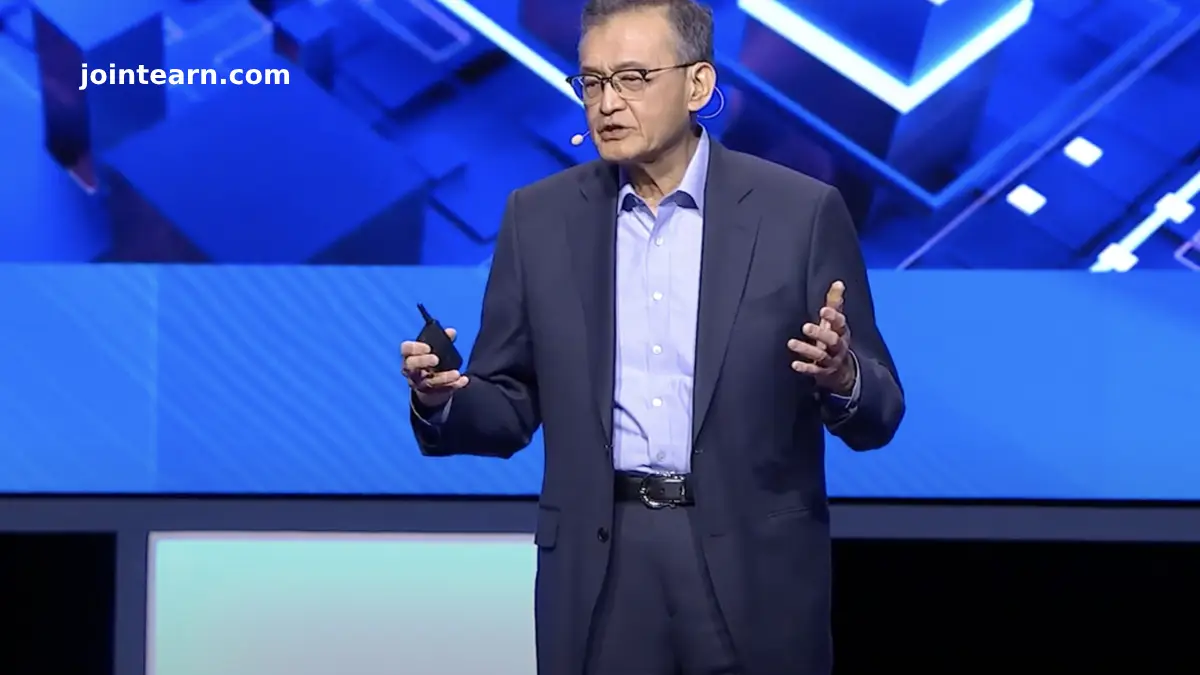Intel CEO Lip-Bu Tan has unveiled a major workplace overhaul in an effort to streamline operations and drive innovation within the struggling chipmaker. During his first quarterly earnings call at the helm of the company, Tan outlined a series of aggressive moves aimed at reshaping Intel’s culture and organizational structure to better compete in the increasingly AI-driven market.
A Direct Approach to Leadership
One of Tan’s key initiatives involves restructuring Intel’s leadership team. He announced that all critical product manufacturing teams will now report directly to him, signaling a more hands-on approach to decision-making and oversight. Additionally, Intel will implement a four-day return-to-office policy, effective in Q3 2025, aimed at encouraging more collaboration and alignment among teams.
Tan emphasized that Intel’s focus is on recruiting and retaining talent, acknowledging the company’s struggles with high executive turnover in recent years. This focus on talent retention comes alongside news that Intel is planning to cut 20% of its workforce, though the company did not confirm the layoffs during the analyst call. These cuts would follow the 12,000 job reductions in 2022 and another 15,000 announced in 2024.
Simplifying Intel’s Structure
Tan described the reorganization as a move to empower smaller teams to operate with more agility and efficiency. He stated, “We will significantly reduce the number of layers that get in the way” and outlined plans to simplify Intel’s operations. This shift is expected to lead to an estimated $500 million reduction in operational expenditures, with Intel projecting to spend $17 billion in 2025.
Intel’s organizational complexity, according to Tan, has been one of the biggest challenges. “Organizational complexity and bureaucracies have been suffocating the innovation and agility we need to win,” he said. “New ideas and people who generate them have not been given the room or resources to incubate and grow.”
Intel’s Struggles in the Market
Intel’s struggles in the AI and semiconductor space have been exacerbated by its inability to keep up with rivals like Advanced Micro Devices (AMD). The company has been hemorrhaging market share, particularly in its manufacturing business, which has led to significant financial strain.
Former Intel executives have argued that part of the company’s decline is due to its overstaffed workforce, suggesting that reducing middle management could help improve performance. However, current employees in Intel’s manufacturing division expressed concerns that job cuts could further harm employee morale, particularly as the company gears up to roll out its next-generation 18A manufacturing technology.
A Troubling Outlook
Despite these bold efforts to improve Intel’s efficiency and innovation, the company’s stock has taken a significant hit. Shares fell over 7% after Intel’s earnings announcement, reflecting investor concerns about the company’s future prospects. The company’s disappointing guidance for the second quarter of 2025 contributed to the stock’s decline, with Intel’s shares down more than 30% over the past year.
While Tan’s restructuring plans are geared towards restoring Intel’s competitive edge, they come at a time when the company faces substantial challenges, particularly in the face of rising AI demand and the potential fallout from ongoing trade tensions and tariffs under the Biden administration.
The Bottom Line
Intel’s ambitious restructuring, led by CEO Lip-Bu Tan, signals a bold attempt to reverse its fortunes in the highly competitive semiconductor market. By reducing bureaucracy, simplifying operations, and refocusing on innovation, Tan aims to revive the company’s leadership in chip manufacturing. However, the road ahead is fraught with challenges, and Intel’s ability to regain its competitive position amid industry shifts and financial pressures will be closely watched.











